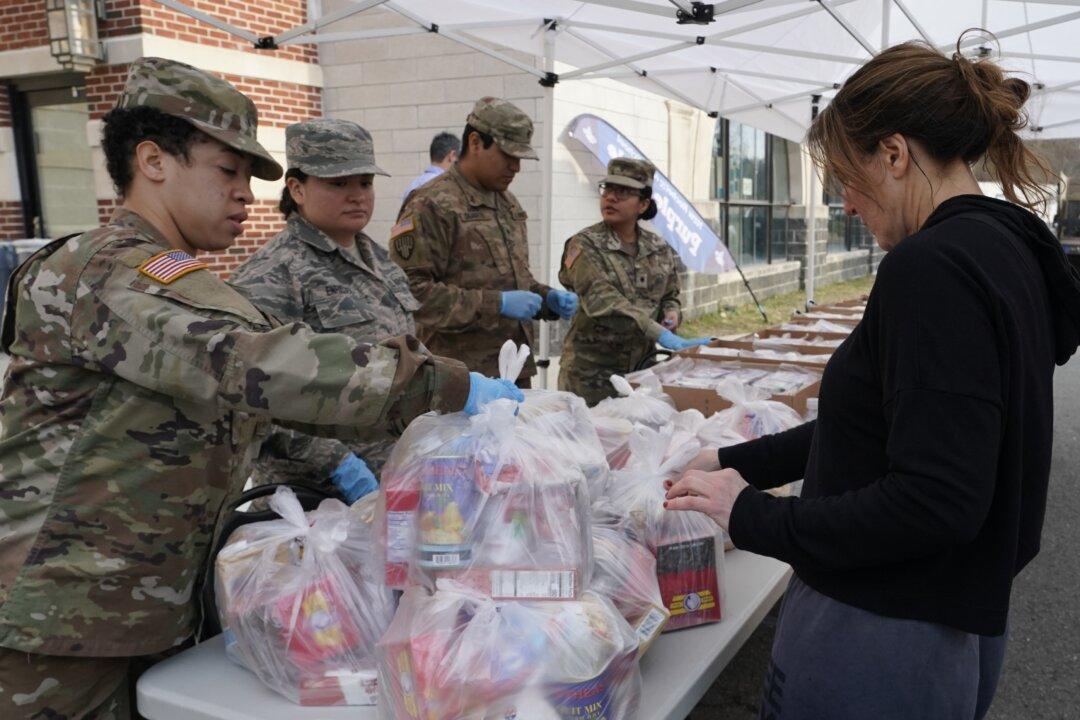As the CPP virus swipes through the United States, much attention has been paid to the situation in large cities. That’s not, however, where the rate of infection has been the highest.
The epidemic has been the most concentrated in three suburbs around New York City as well as in New Orleans.





